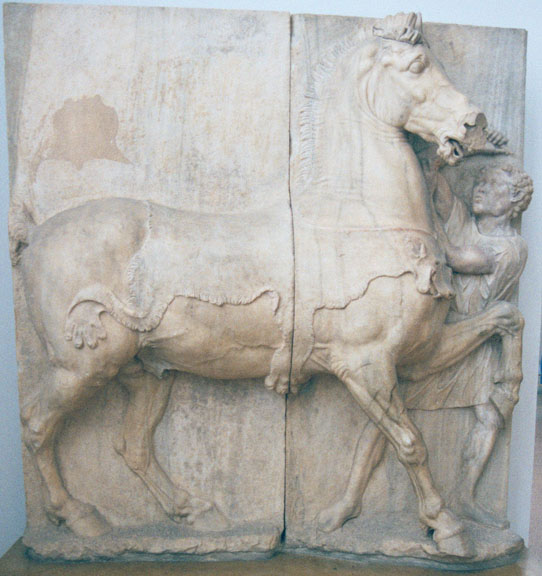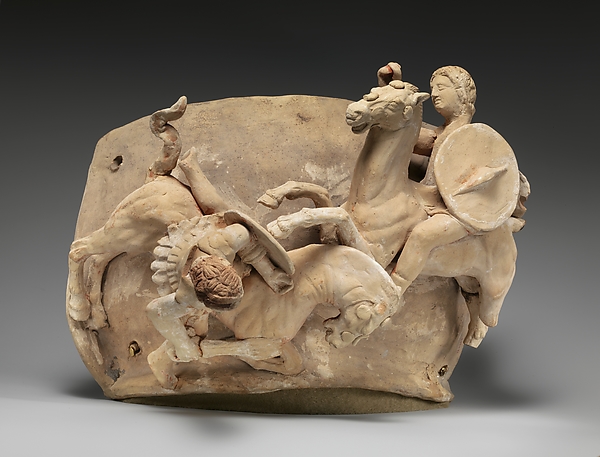Just to put rather futile speculation about the skeletal remains to bed, it should be recalled that skeletal remains, especially partial ones, tell us very little about a tomb and its occupants, original and subsequent - not even which is which. A tomb like Kasta which remained open for many years might have successive generations of important people, or a family buried there, some cremated and others inhumed, just like modern family tombs.
Whist I am dubious of many of the archaeological team's theories and pronouncements, due to political machinations in Greece, and the need to hint at an "Alexandrian" connection for funding reasons, we might recall what Katerina Peristeri, who has much experience of finding skeletal remains in her excavations has to say:
Greek Reporter March 2015
"The head archaeologists in Amphipolis, Katerina Peristeri has finally spoken after months of silence, giving a new twist to the case that piqued the international community’s interest.
“We need to focus on the monument, not the bones, which for me are not that important. You cannot receive accurate dating from a skeleton. For me the skeletons are meaningless. They are misleading our research,” said Katerina Peristeri, head of the archaeological excavation team in Amphipolis.
Furthermore, she noted that when they opened the tomb, the space was so messy that the archaeologists could not come to any conclusions. “The tomb looters had ravaged everything. You see, they were looking for the great treasures in the burial chamber, causing enormous damage.”
Regarding the skeletons that were found, the Greek archaeologist notes that several hypothesis have been made. “The skeleton may be sacrificial remnants, or even looters. Besides, we found skeletal material in more than one place.”
Referring to the tomb owner Peristeri noted that they found skeletal material belonging to the person who was first buried in the tomb, very close to the floor. The body belonged to a short man who stood at 1.60 meters in height, whose bones had been shuffled by looters. However, Peristeri believes that if the original tomb owner was a very important person, then his bones may have been stolen.
In other words the skeletal remains tell us very little, and never will reveal more.
Of course it was around that time too that funding completely dried up. Nothing will be coming from the site for a very long time, sadly .
As can be seen from Ms Peristeri's comments, Taphoi's accusations that information is being with-held is not very likely, rather it is the case that there is no information to be had. With limited or no funds, no-one is going to waste money looking at skeletal remains for possible information that can only be of very limited value. Whatever funds can be made available will be used in a more efficient way.




